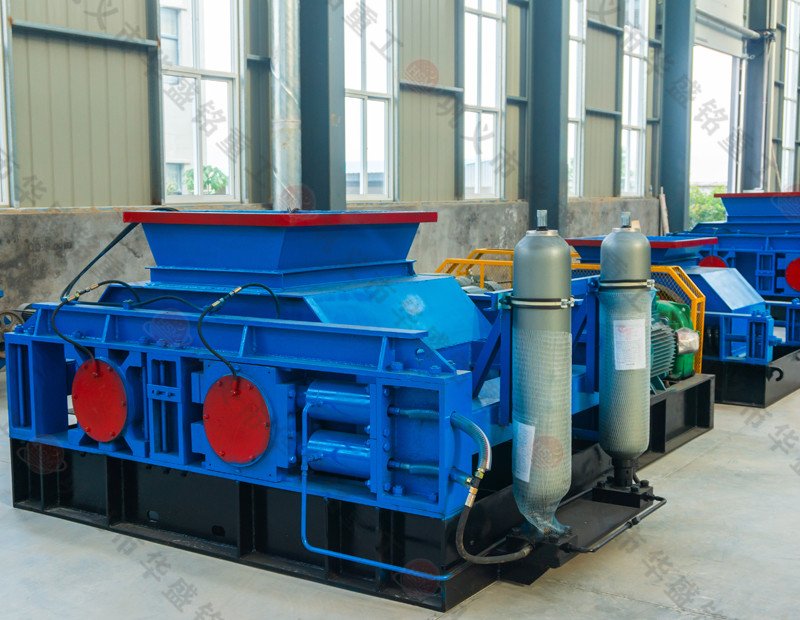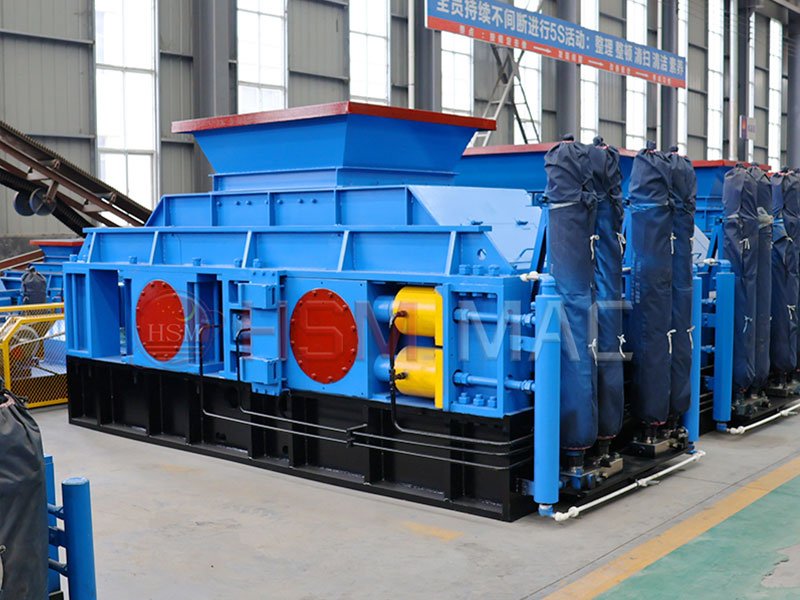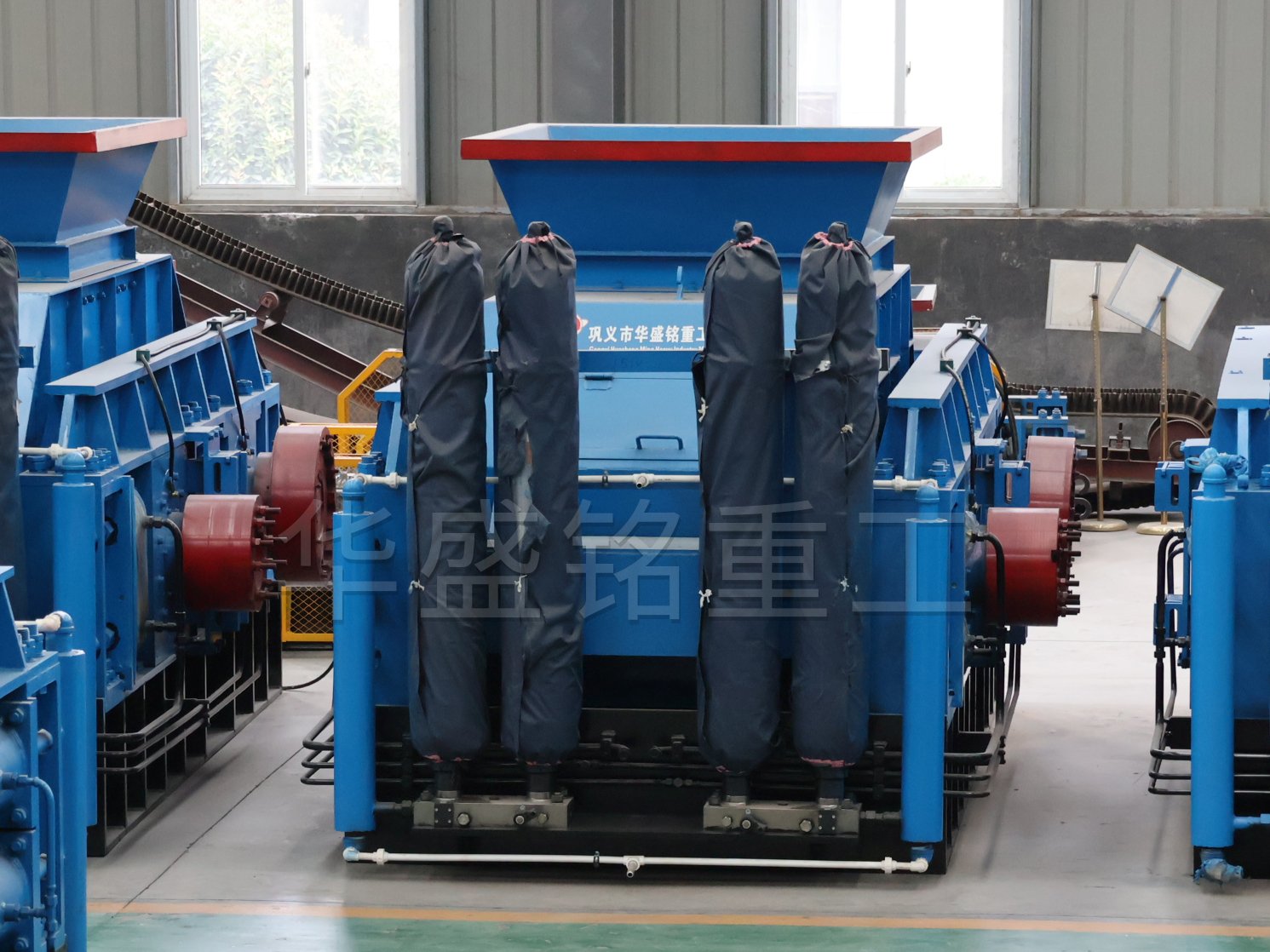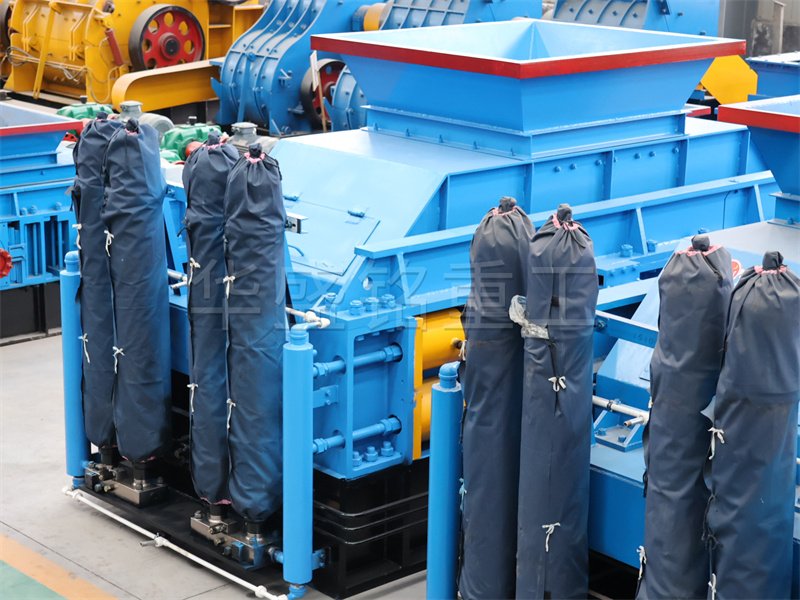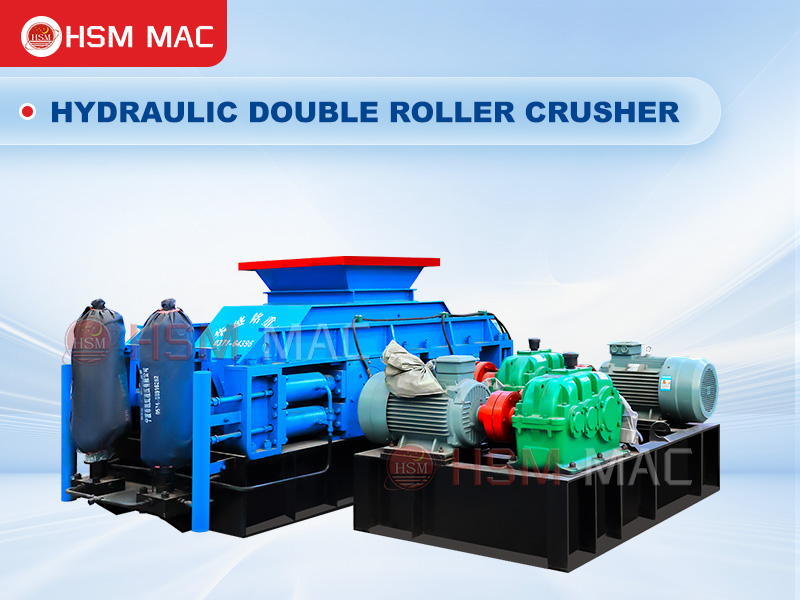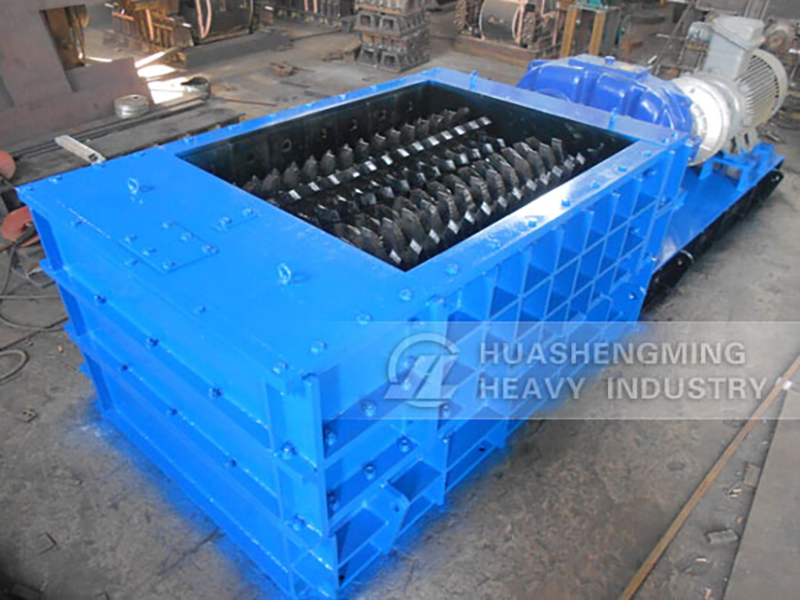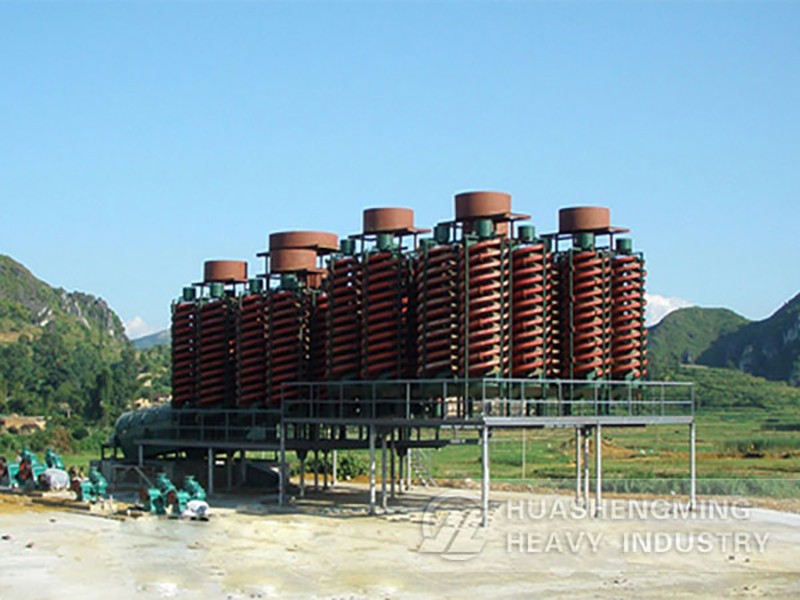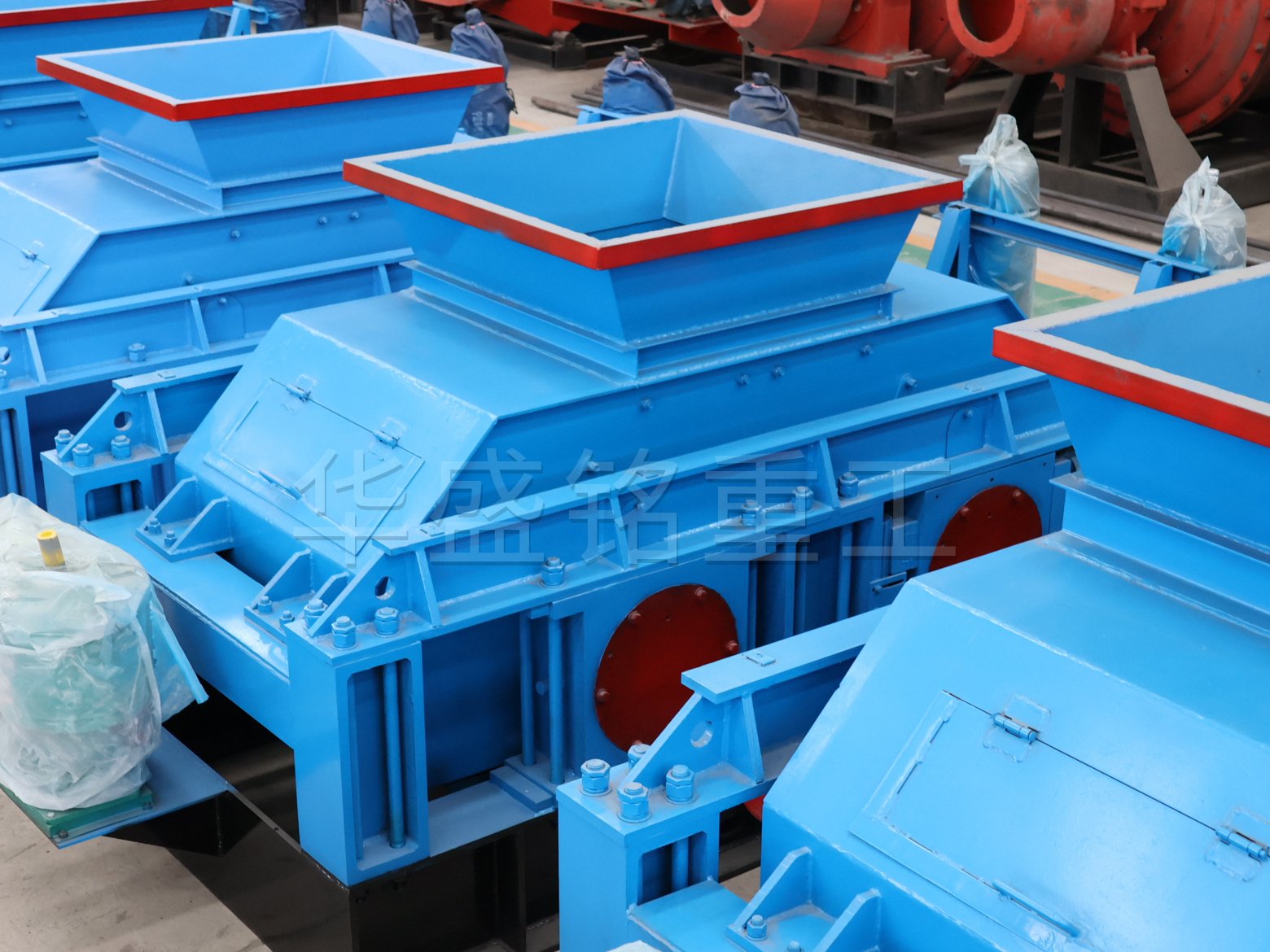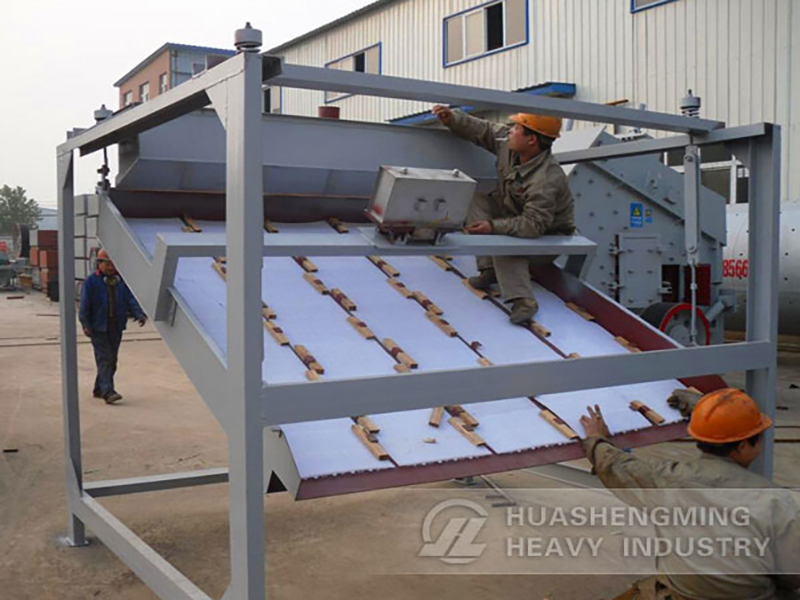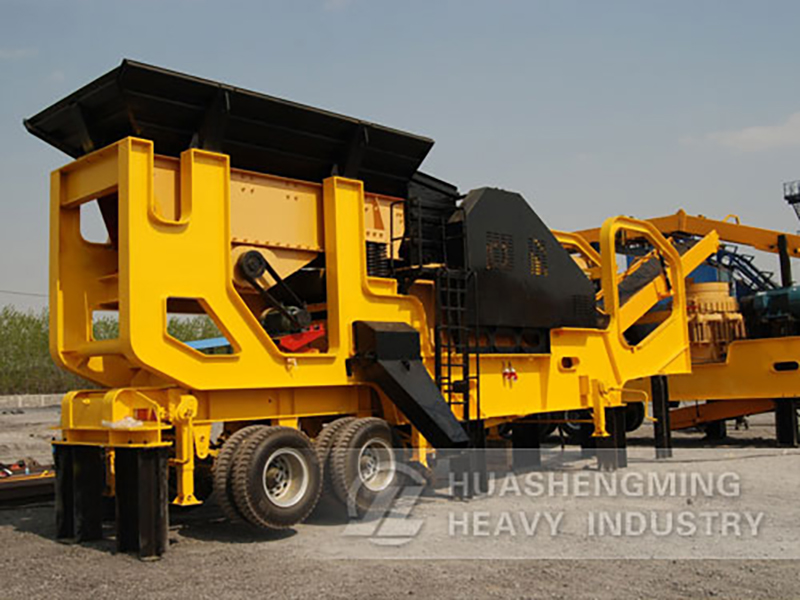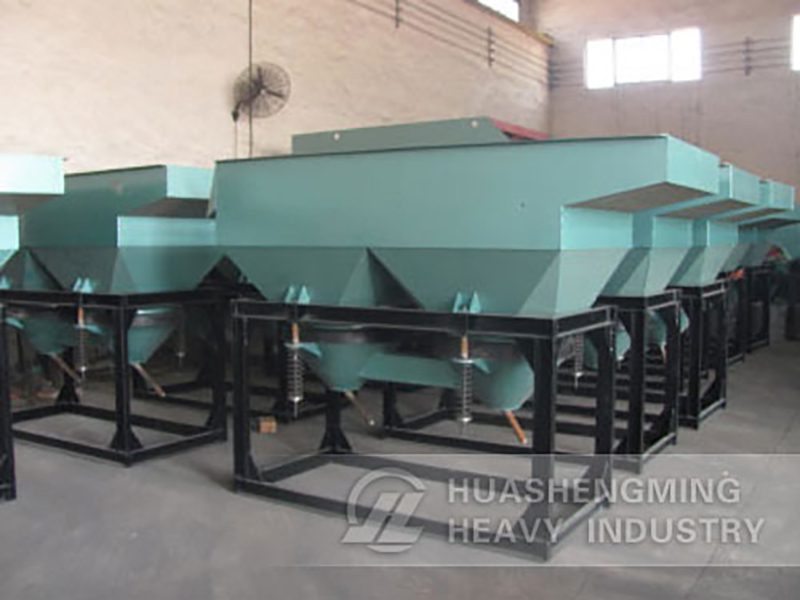
roller sand making machine
roller sand making machine
double roll crusher, double roll crusher is the fine crushing equipment commonly used in sand and gravel plants.
- Application:Highway, railway, high-rise buildings, municipal, hydropower dam construction, concrete mixing station, sand and stone field, etc.
- Max feeding size: 25-100mm
- Output size: 0-5mm
- Capacity:5-400tph
- Delivery:5-15 days
- Shipment:Accept EXW, FOB and CIF terms, by sea or by train. we have 20 years cooperate transport company. best freight, fast delivery.
The hydraulic roller sand making machine is also called the hydraulic roller crusher. It is actually an upgraded version of the commonly used spring roller crusher, using a hydraulic cylinder as the pressure output. The main modification of the hydraulic roller sand making machine is to replace the old spring with a hydraulic device. The old spring roller sand making machine needs to manually adjust the spring pressure after using it for a period of time to meet the requirements of the finished product. The fully hydraulic roller sand making machine is automatically adjusted and can automatically replenish the pressure, and the pressure is also more accurate. Except for the different pressure structure, the structure and working principle of the hydraulic roller sand making machine are the same.
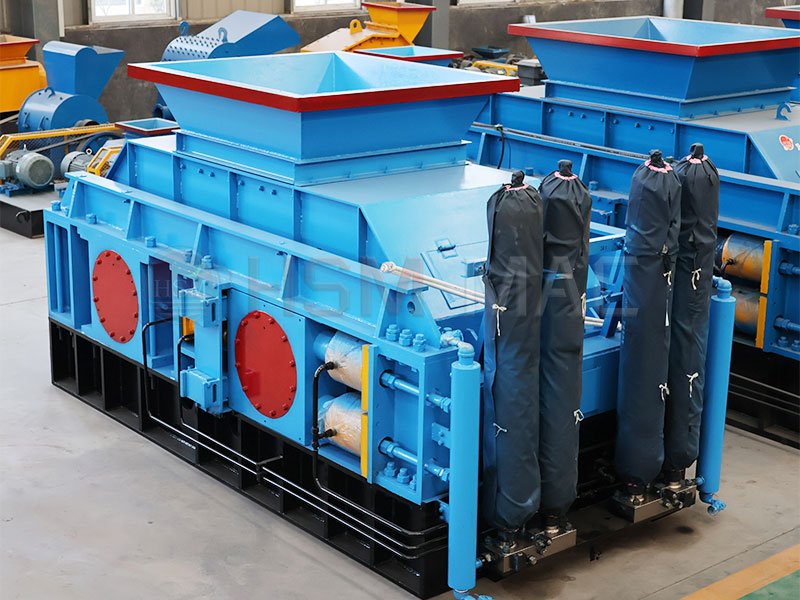
Why choose Huashengming
1. Hydraulic roller sand making machine is better than hammer sand making machine, and there is no need to replace wearing parts.
2. The sand has full grain shape, reasonable grading, low over-crushing rate and high output.
3. Hydraulic roller sand making machine has huge advantages over hammer crusher and impact crusher, and the average service life of roller sleeve is more than 2 years.
4. Huashengming high chromium manganese steel wear-resistant material contains rare metal roller skin, which has applied for national patent, and the discharge particle size can be accurately adjusted, which has applied for national patent, and the roller of hydraulic roller sand making machine has applied for national patent.
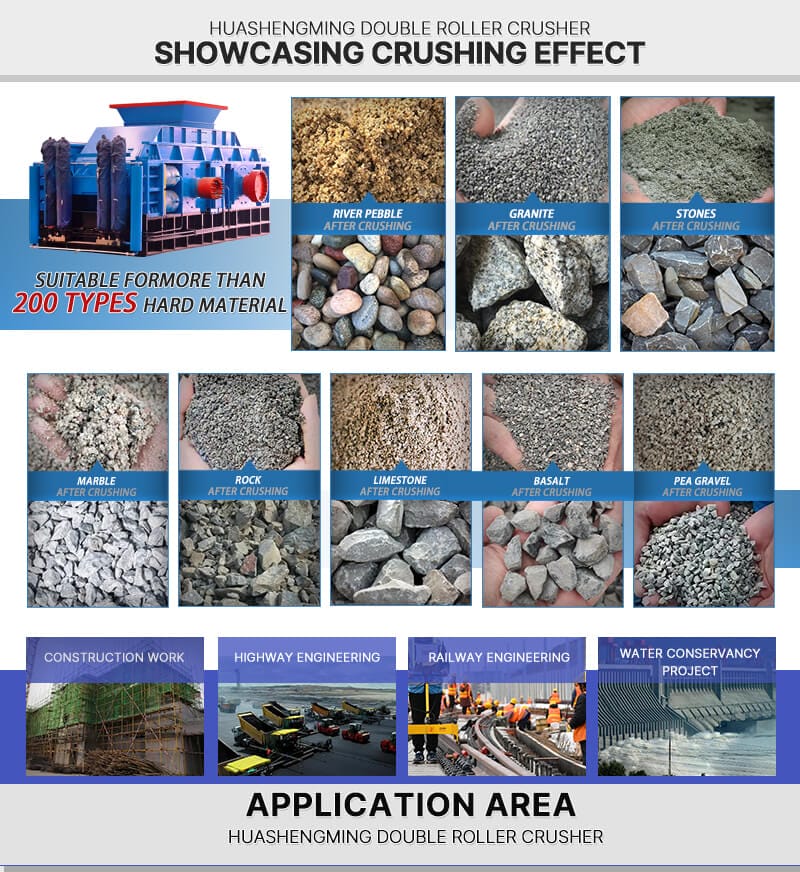
Applicable materials
Crushing and sand making of river pebbles, calcite, quartz, glass, marble, cobblestone, bentonite, iron ore, bluestone, mountain stone, limestone, weathered sand, diabase, granite, basalt and other materials.
The hydraulic roller sand making machine performs crushing operation through rollers. The material enters between the rollers from the feed port and crushes the river pebbles through the squeezing action. There is a certain gap between the two rollers. The larger the gap between the two rollers, the larger the particle size of the material discharged. Under the action of the compression spring, the smaller the gap between the two rollers, the smaller the particle size of the material discharged. By changing the adjustment gap, the particle size of the material discharged can be controlled.
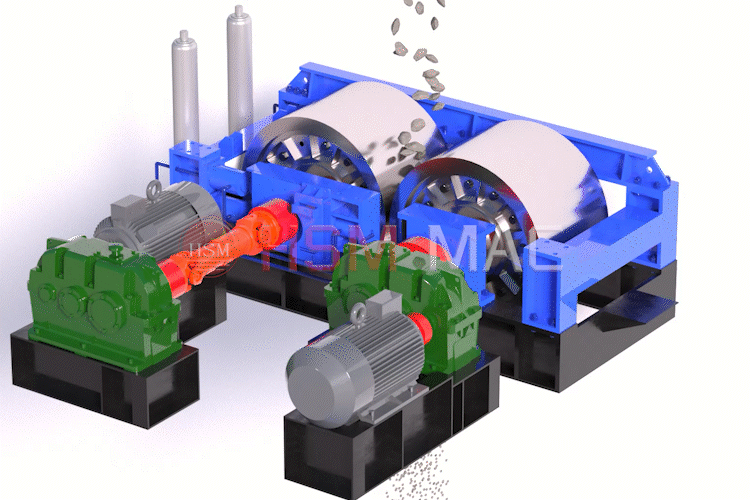
Specification and model | Roll diameter (mm) | Feed size (mm) | Productive capacity (t/h) |
2PGT400×250 | φ400 | ≤25 | 2-10 |
2PGT400×400 | φ400 | ≤25 | 5-12 |
2PGT610×400 | φ610 | ≤30 | 5-20 |
2PGT750×500 | φ750 | ≤30 | 10-40 |
2PGT800×600 | φ800 | ≤40 | 12-50 |
2PGY800×800 | φ800 | ≤40 | 40-50 |
| 2PGY800×1000 | φ800 | ≤40 | 50-80 |
2PGY1000×800 | φ1000 | ≤40 | 50-80 |
2PGY1000×1000 | φ1000 | ≤40 | 80-100 |
2PGY1200×1000 | φ1200 | ≤60 | 100-120 |
2PGY1200×1200 | φ1200 | ≤60 | 120-150 |
2PGY1500×1000 | φ1500 | ≤80 | 150-200 |
2PGY1500×1200 | φ1500 | ≤80 | 200-250 |
2PGY1800×1000 | φ1800 | ≤100 | 250-300 |
2PGY2000×1200 | φ2000 | ≤120 | 300-400 |
